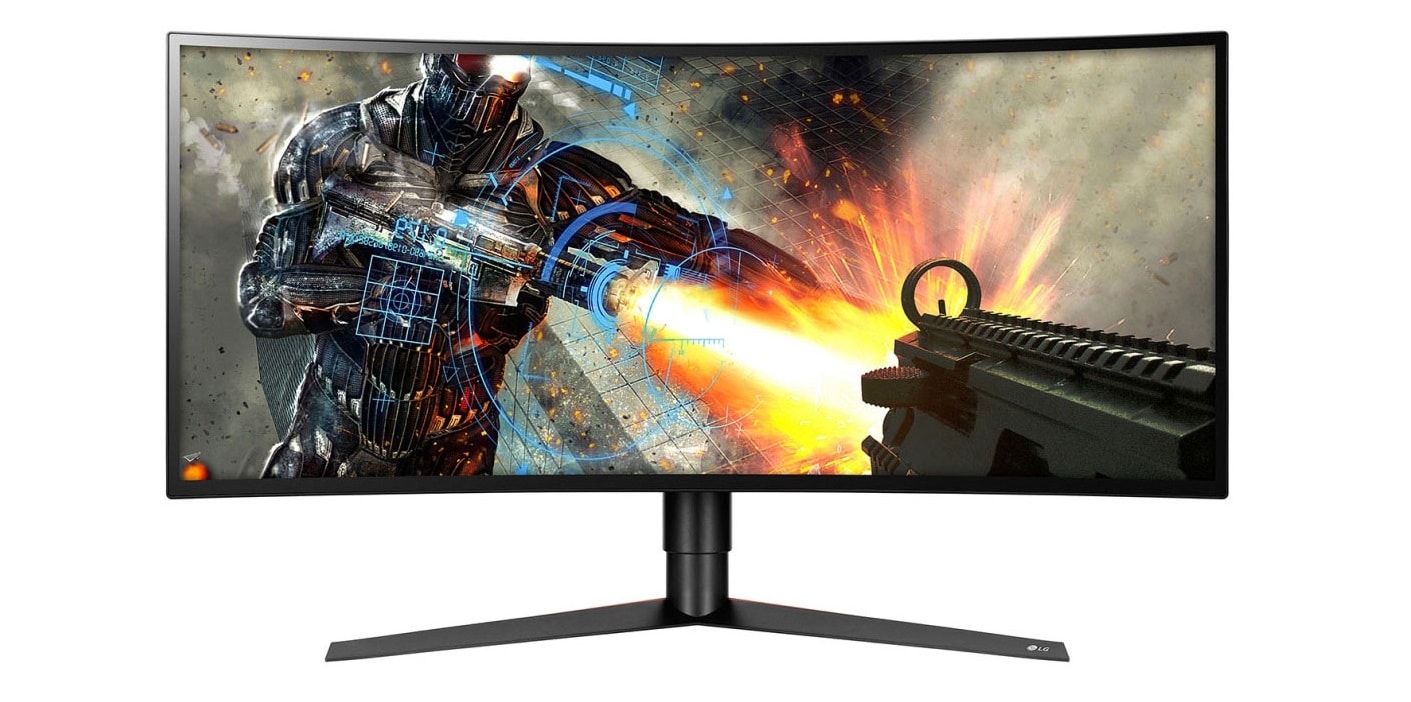TheLostSwede
News Editor
- Joined
- Nov 11, 2004
- Messages
- 18,643 (2.48/day)
- Location
- Sweden
| System Name | Overlord Mk MLI |
|---|---|
| Processor | AMD Ryzen 7 7800X3D |
| Motherboard | Gigabyte X670E Aorus Master |
| Cooling | Noctua NH-D15 SE with offsets |
| Memory | 32GB Team T-Create Expert DDR5 6000 MHz @ CL30-34-34-68 |
| Video Card(s) | Gainward GeForce RTX 4080 Phantom GS |
| Storage | 1TB Solidigm P44 Pro, 2 TB Corsair MP600 Pro, 2TB Kingston KC3000 |
| Display(s) | Acer XV272K LVbmiipruzx 4K@160Hz |
| Case | Fractal Design Torrent Compact |
| Audio Device(s) | Corsair Virtuoso SE |
| Power Supply | be quiet! Pure Power 12 M 850 W |
| Mouse | Logitech G502 Lightspeed |
| Keyboard | Corsair K70 Max |
| Software | Windows 10 Pro |
| Benchmark Scores | https://valid.x86.fr/yfsd9w |
Sorry, that was not my intention.No, you mislead me with mentioning possibility of type B as display input. In general type B is rarely used in displays, most of the time it is just regular type A. Again, actually it is first time i hear about type B on a monitor, i googled now and i see mention of such monitors using type B on their hubs. I'm aware most of the time usb on displays are just hubs and in this case i also assumed it is a hub port and was still wondering if it would be type B as i've never before seen type B connection on a monitor.
It's used on almost all monitors that has a USB hub built in. I've had four or five so far.
USB-C is still much more rare.
I guess it's a more "premium" feature, hence why some people haven't seen it.





 My bad. Sorry Easy Rhino.
My bad. Sorry Easy Rhino.

